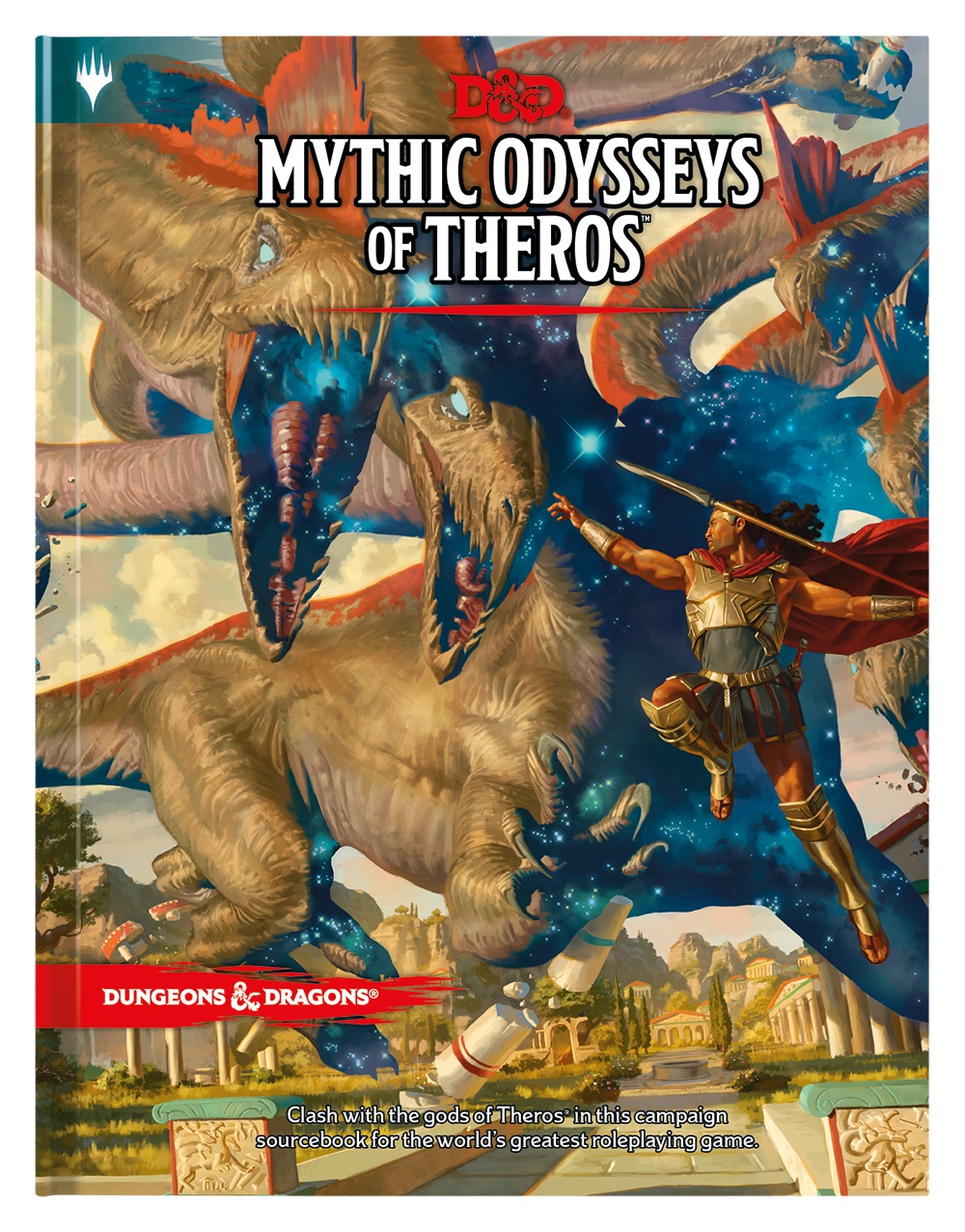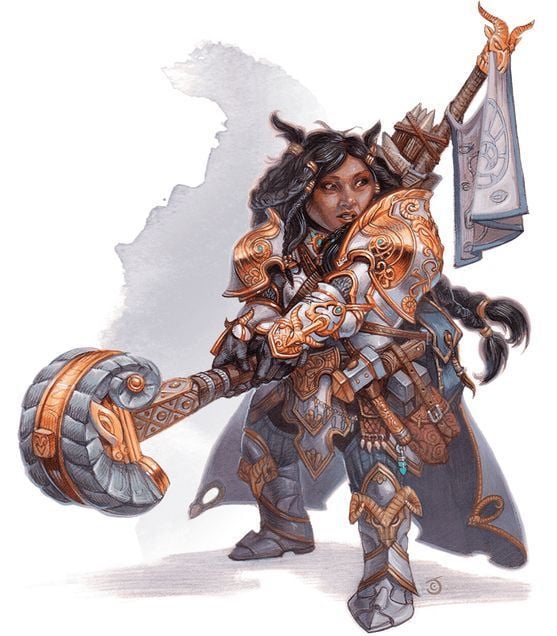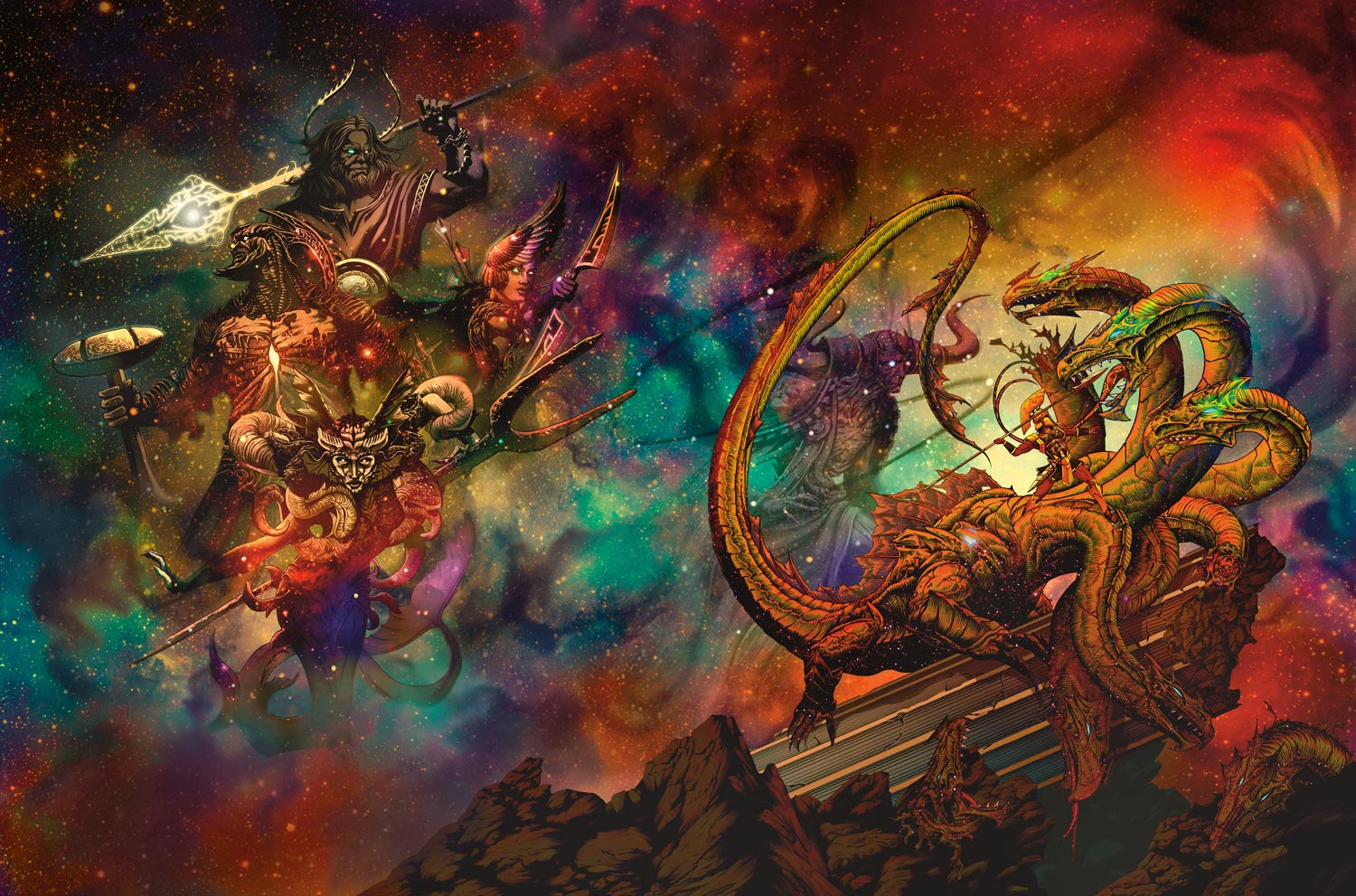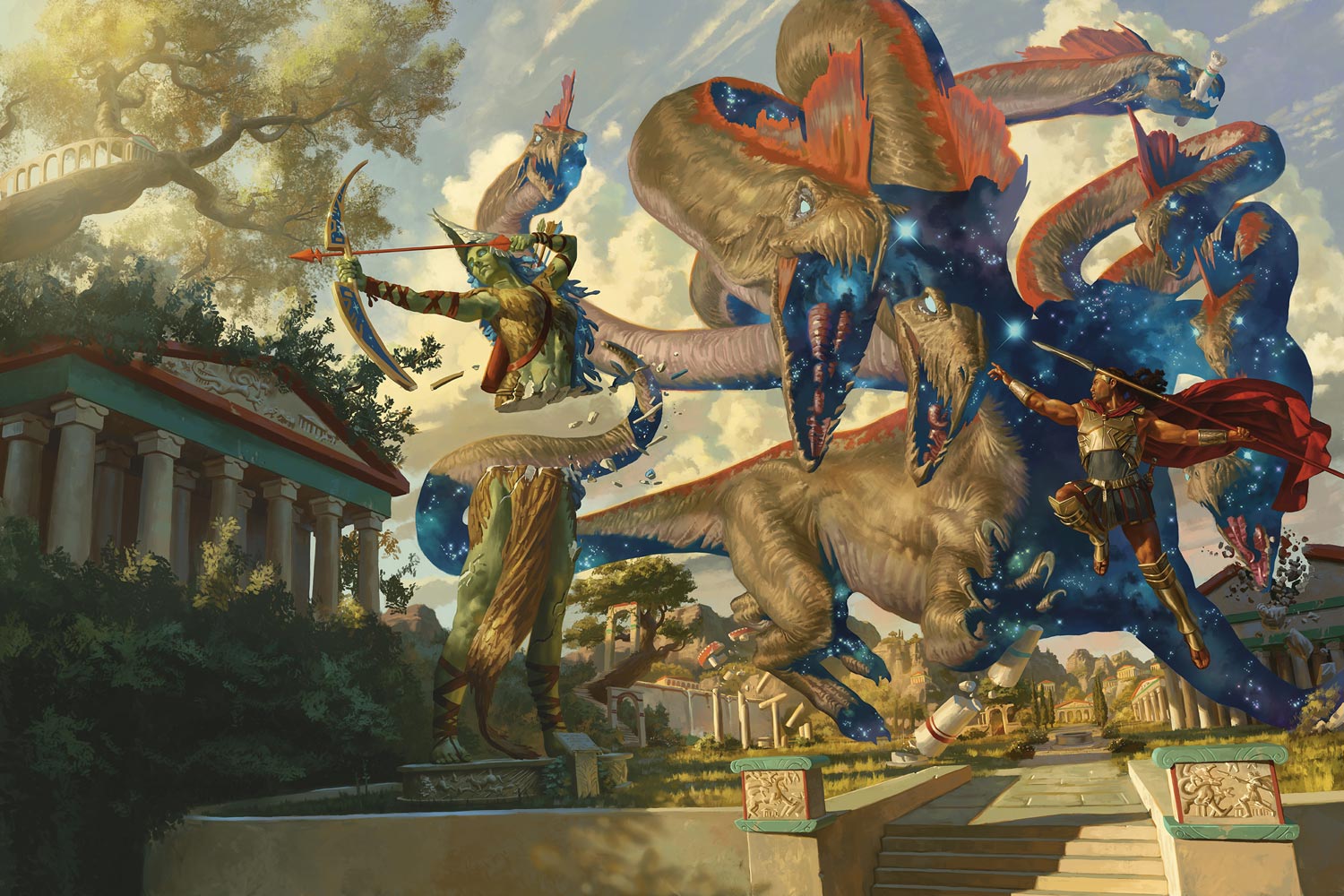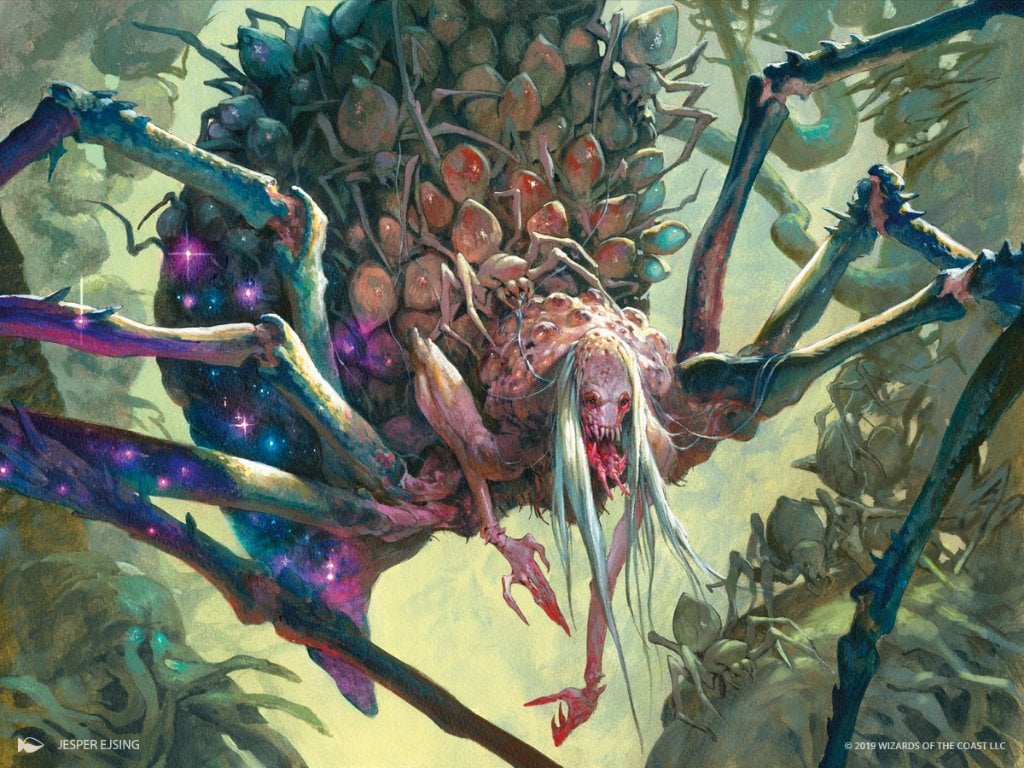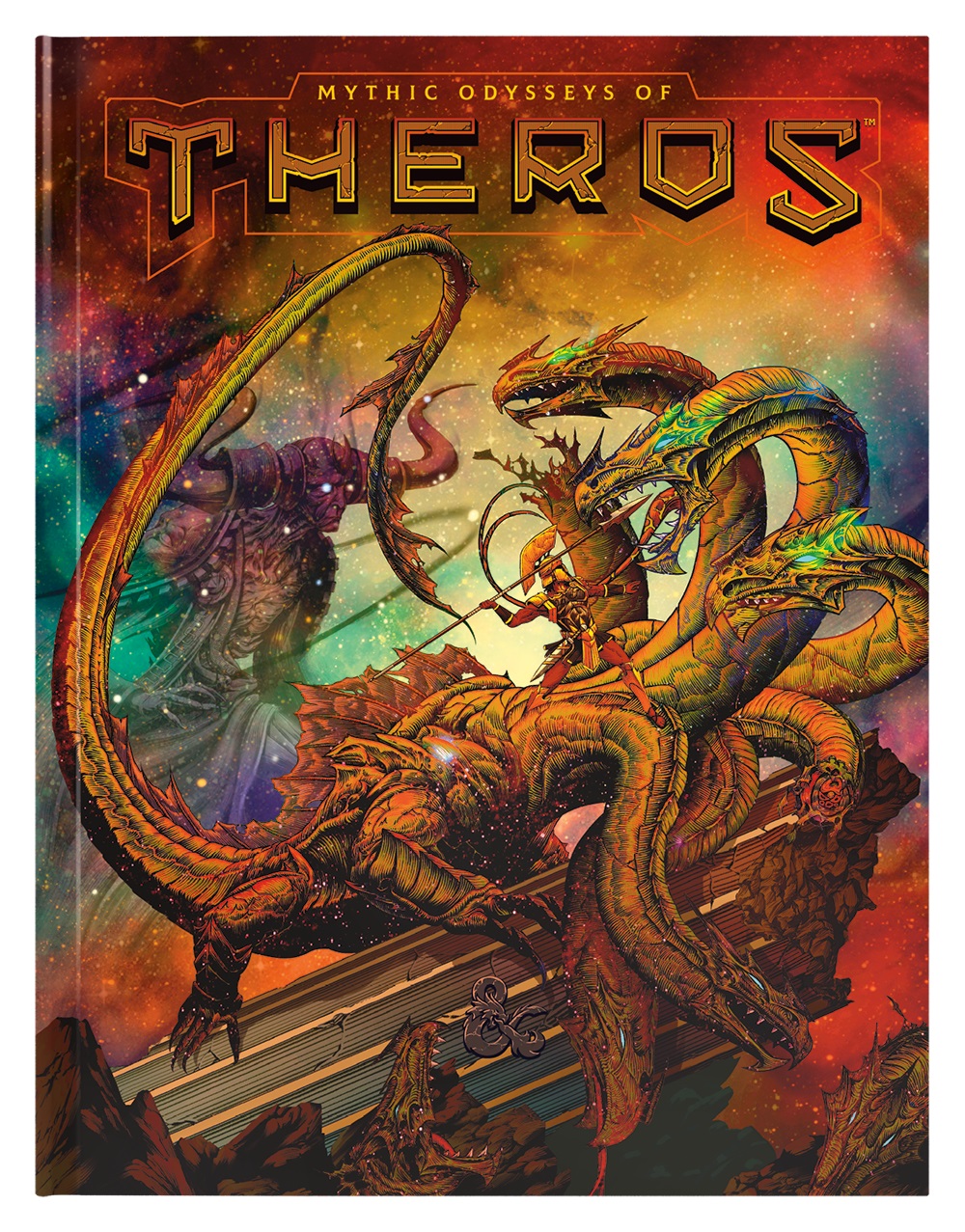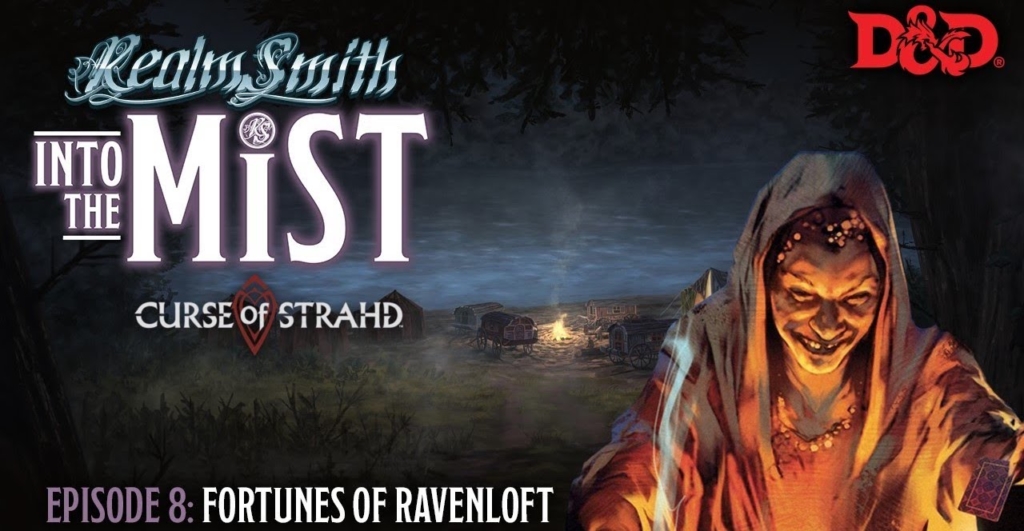D&D: Here’s The Rundown On New Subclasses, Races, And Mythic Monsters In The Theros Book
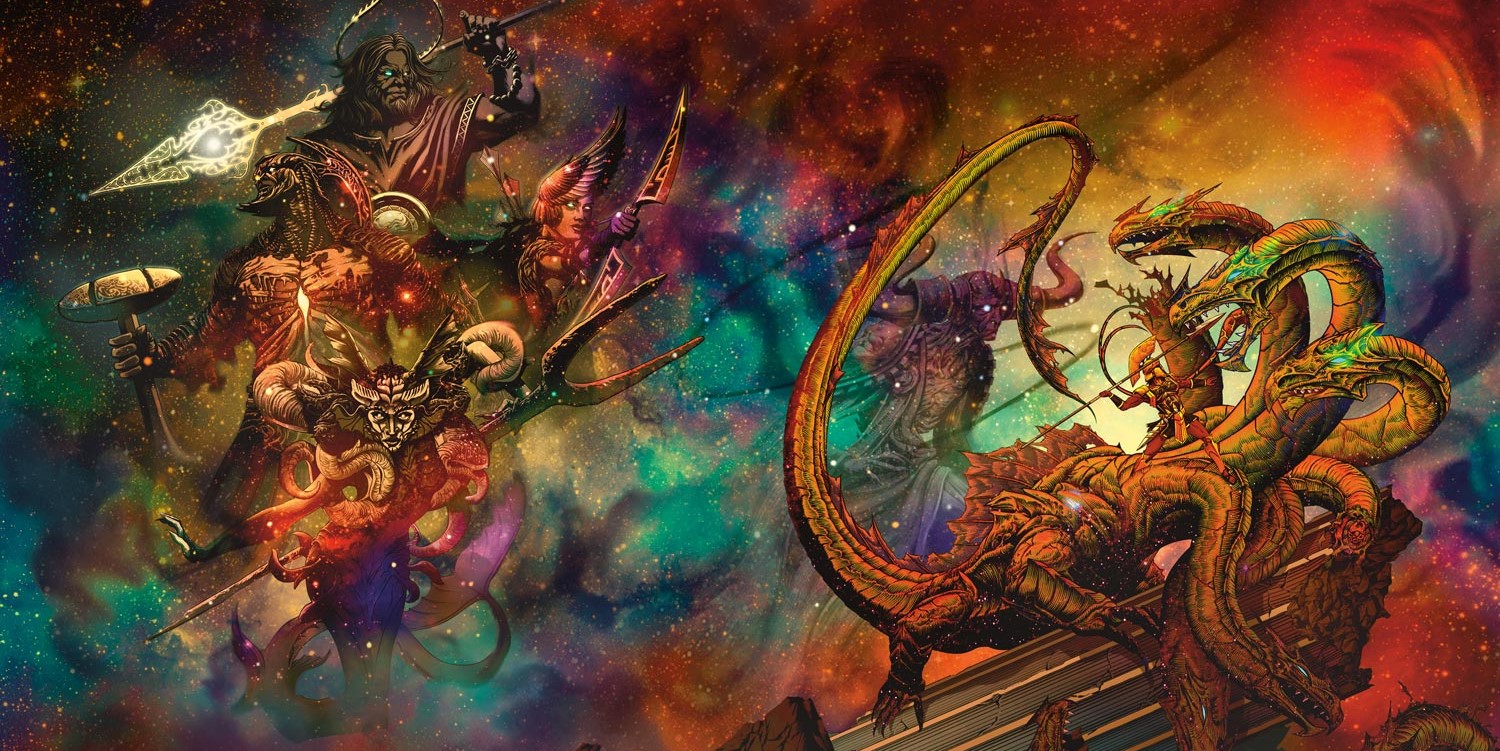

The new D&D book isn’t even out yet, but thanks to the internet, we can tell you what new goodies are in the book, including ‘mythic monsters.’
The Explorer’s Guide to Wildemount isn’t even out yet, and the internet is abuzz with the latest announcement from WotC. Leaked late on Friday, and confirmed yesterday, the Mythic Odysseys of Theros takes players straight into one of Magic: the Gathering’s most beloved settings, Theros, where Greek myths are one of the key ingredients in the overall setting soup–but not the only one. Today we’re here to confirm more new Subclasses included in the book, as well as the player races new and old included here, alongside a preview of some of the new rules you’ll find waiting for you in Theros.
via Wizards of the Coast
James Wyatt is one of the old school Wizards of the Coast, having joined the company in 2000 after previously writing for TSR. You might recognize his name from the 4th Edition DMGs, which are some of the best game-mastery advice books out there, as well as a whole host of recent Magic things, including the recent Guildmaster’s Guide to Ravnica, and the other Planeshift titles.
Recently Wyatt spoke to Dragon+ about what players can expect in D&D’s latest Jestons-Meet-The-Flintstones style crossover with Magic: the Gathering’s myriad worlds.
For starters, it’s not just Greek mythology that inspires the setting–but history as well. Wyatt spent a lot of time depicting Greek society as it might have been, taking cues from real world accounts of calendars, religious festivals, and so on to flesh out the description of cities. Historical government structures are mixed in among fantasy races, so you might find yourself dealing with a ploy by Satyrs to overthrow an Athenian-inspired democracy.
The calendar has twelve months most years [and is a lunar calendar] but adds a thirteenth month to bring everything into alignment with the sun. They also named all of the months after holidays so we found ourselves inventing holidays as we went along. Most fantasy writers have a tendency to tie holidays to the sun, but if a sun god’s festival is held on the summer solstice that might appear in different months in different years.
That’s not all though, Wyatt confirmed the appearance of at least four subclasses in the book: the College of Eloquence Bard and Oath of Heroism Paladin, both of which appeared in an earlier Unearthed Arcana, as well as reprints of the Forge and Grave Cleric domains out of Xanathar’s Guide to Everything.
Wyatt also spoke to how Theros will be expanding a subset of rules from the DMG. Just as Guildmaster’s Guide to Ravnica fleshed out the renown system, giving each of the guilds a concrete path to advancement with commensurate rewards, resources, and responsibilities, the new sourcebook expands on the DMG’s piety system as a nod to Theros’ devotion mechanic, which rewards players for having many creatures of a certain mana color in the card game. In D&D the new piety system will reward (but also restrict) players who devote themselves a god, implying that it’s not just Clerics who will have the option to follow and be rewarded by the gods.
Also repping the heavy influence that the divinities have in Theros are the new Divine Gifts. From new magic items (including the weapons of the gods), to special gifts from the gods, every character can be touched by divinity if they want:
The gods also make themselves felt with new magic items. These include artifacts and weapons of the gods as seen on cards in the first Magic: The Gathering Theros block. The deities also play further roles in character creation, affecting a character from the moment of their birth. This includes bestowing supernatural gifts upon them, as well as supplying portentous omens that may tie into their fate.
AdvertisementEveryone gets this extra leg up that is a gift of the gods, which is separate from the usual character background. It may be a magical thing about your nature, such as you have the mind of a sphinx and your thoughts can’t be read. Or you might be an oracle, which is an opportunity for your Dungeon Master to give you plenty of adventure hooks. It’s a straight power-up but not a huge power-up.
And if you’re wondering about Omens, Wyatt has you covered with a table of omens with 100 entries on it, so you can divine things from flights of birds with crooked talons, or learn which organs are touched with vital smoothness and when burnt can reveal the secrets of the future whispered by the gods.
Let’s talk about the new races included in the game though. We know Satyrs and Leonin are the new hotness for this book–and Wyatt breaks both of them down a little more, while also confirming that Centaurs from Ravnica and Merfolk (represented as Tritons from Volo’s Guide to Monsters) will both be reprinted in the book.
The leonin is a different, stronger cat person, not just a tabaxi! [A]nd the satyr is also brand new. Satyrs are pretty much as you would expect. They’re party animals with good Dexterity and Charisma, they have a headbutt attack, they’re fast, they’re fey, they resist magic and they have musical instrument proficiency and persuasion. I hope we’re going to see a lot of satyr bards.
Subscribe to our newsletter!Get Tabletop, RPG & Pop Culture news delivered directly to your inbox.By subscribing you agree to our Terms of Use and Privacy Policy.Wyatt’s team has also mined the Theros card sets to find interesting creatures that belong in this setting. With many of the creatures in the D&D Monster Manual already owing their roots to Greek myth, that’s a fairly long list. In some cases, it meant providing different lore about a D&D creature based on its roots in the new setting, in other cases it only took minor gameplay tweaks to distinguish the way a creature (such as a hydra) works in Theros. And then there were the “mythic” threats.
If you’re wondering what makes a mythic threat, the way Wyatt explains it, they’re like the big boss fights D&D has been sorely wanting but also lacking. When you want a centerpiece encounter that lasts more than just one or two rounds of everyone in the party pouring everything they have into it, you’ll want to reach for a mythic monster, who has abilities “even beyond what a legendary creature does.”
Of course the real way to provide a solo monster that’s a great threat to the party is to run two of them at once–and this seems to hold true with Arasta of the Endless Web, whom Wyatt lists as an example mythic threat.
After you’ve been fighting her for a while, all of the little baby spiders that are clinging to her abdomen come off and start fighting you as well. You have to deal with them before you can finish the job so it’s like two encounters in one.
You’ll also find the usual sample adventure and many tables to help flesh out the world of Theros. And fans of Dyson maps will be pleased to know that they’re back in this book–including a temple of Athreos, split in two parts by the river that flows between the underworld and the mortal world.
Finally here’s a look at the gorgeous new alternate cover art. Both vooks are available on June 2nd, so check back later for more info!
Happy Adventuring!

